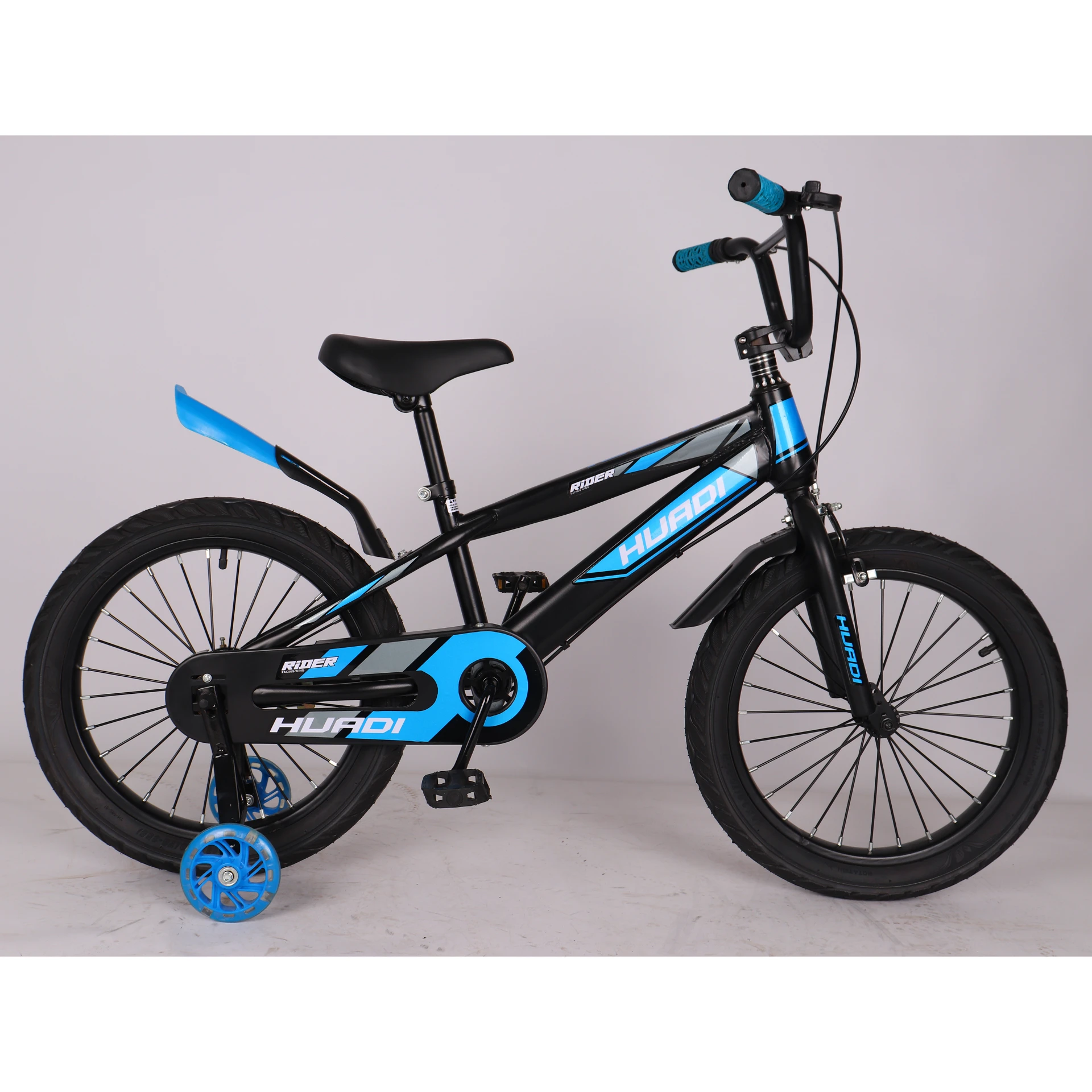all mtb types
Exploring All MTB Types A Comprehensive Guide
Mountain biking (MTB) has evolved significantly over the years, giving rise to various types of bikes specifically designed to cater to different terrains and riding styles. Understanding the different MTB types is essential for both novices and seasoned riders looking to enhance their biking experience. In this article, we'll delve into the various mountain bike categories, their unique features, and the best use cases for each.
1. Cross-Country (XC) Bikes
Cross-country bikes are designed for speed and efficiency over rough terrain. They typically feature a lightweight frame, narrow tires, and a geometry that allows for quick climbs. These bikes often come with front suspension (hardtail) or full suspension options. XC bikes are ideal for racers and those who enjoy long-distance rides on mixed trails. Their primary focus is speed, making them perfect for competitive events and endurance rides.
2. Trail Bikes
Trail bikes strike a balance between climbing ability and downhill performance. They usually have a moderate amount of suspension travel (between 120mm and 150mm) and a more relaxed geometry compared to XC bikes. This makes them versatile enough to handle a wide range of trail conditions. Riders who enjoy a mix of climbing and descending will find trail bikes to be the perfect companion for day-long rides through varying terrains.
3. All-Mountain (Enduro) Bikes
All-Mountain or Enduro bikes are designed for aggressive riding and can tackle a variety of challenging trails. They typically feature 150mm to 180mm of suspension travel and are built to handle steep descents, technical sections, and rough terrain with ease. These bikes allow riders to attack downhill sections confidently while still being capable of climbing. All-Mountain bikes are a favorite among enthusiasts who seek thrilling descents without sacrificing climbing capability.
all mtb types

4. Downhill (DH) Bikes
Downhill bikes are specifically engineered for steep, downhill courses where the primary focus is on descending speed and control. They come with significant suspension travel (often over 200mm) and a robust frame to withstand the harsh conditions of downhill trails. DH bikes are best suited for bike parks and downhill trails, where riders prioritize speed and performance on descents over climbing efficiency.
5. Fat Bikes
Fat bikes feature oversized tires designed to traverse soft and unstable terrains such as snow, sand, or mud. Their wider tires provide enhanced traction and floatation, making them ideal for winter adventures or off-road rides on loose trails. Fat bikes typically have a lower gear ratio, allowing for easier pedaling in challenging conditions. Riders seeking to explore off-the-beaten-path routes or winter trails will find fat bikes to be a great option.
6. BMX Bikes
While not traditional mountain bikes, BMX bikes deserve mention for their ability to handle rough terrain in a different context. Designed for tricks, jumps, and racing on dirt tracks, BMX bikes prioritize strength and maneuverability. Many mountain bikers start their careers in BMX, as it builds essential skills like balance and control.
Conclusion
With each MTB type designed for specific riding styles and terrains, it’s crucial for cyclists to choose the one that best fits their needs and preferences. Whether you’re racing across rugged trails, tackling steep downhill challenges, or exploring snow-laden paths, there’s a mountain bike that can elevate your riding experience. Understanding the unique features of each type can lead to more enjoyable and tailored biking adventures. Happy riding!
-
Why Ride On Toys Are Every Kid’s FavoriteNewsApr.03,2025
-
Why a Mountain Bike is Perfect for Outdoor AdventuresNewsApr.03,2025
-
Why a Baby Tricycle is the Perfect First RideNewsApr.03,2025
-
The Joy of Learning with a Kids Balance BikeNewsApr.03,2025
-
The Fun and Benefits of a Childrens ScooterNewsApr.03,2025
-
Find the Perfect Kids' Bikes for Fun and AdventureNewsApr.03,2025
-
Perfect Color for Your Mountain BikeNewsFeb.27,2025








